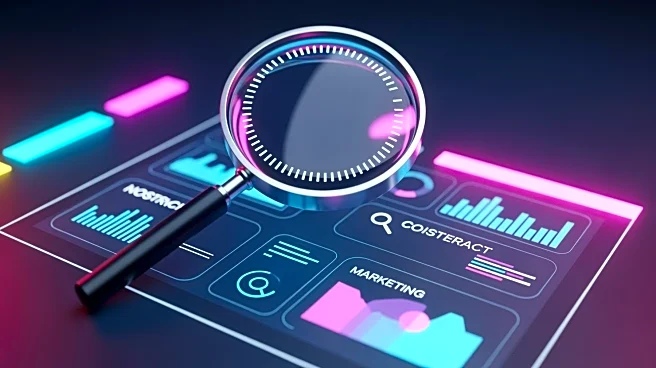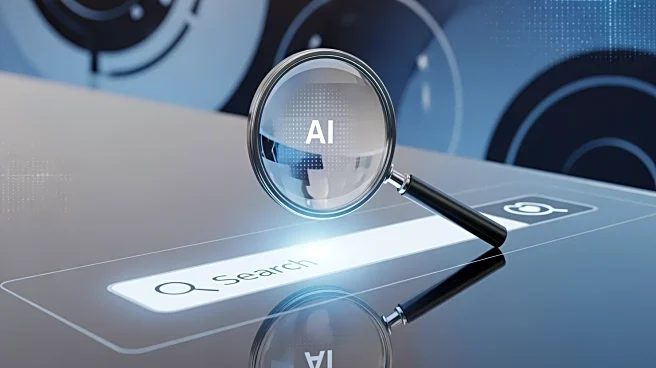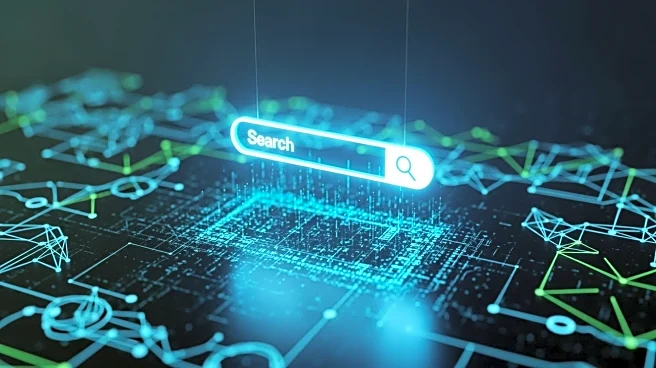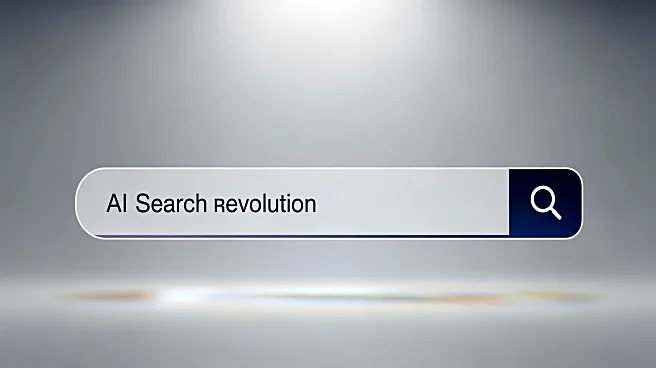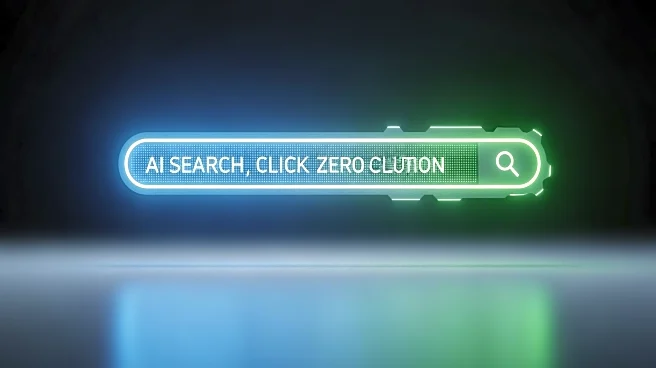What's Happening?
The rapid adoption of AI answer engines is significantly altering the landscape of consumer search behavior and marketing strategies. AI-based search tools are becoming integral to the consumer decision-making
process, prompting brands to reevaluate their approaches to organic and paid search. As AI search engines gain traction, they are expected to account for over 25% of query volume within two years, up from 7.6% as of July 2025. This shift is particularly evident in informational and research-based queries, while traditional search engines still dominate navigational and purchase-led searches. The rise of zero-click searches, where consumers receive answers directly from search results without visiting websites, underscores the need for brands to maintain visibility across AI platforms.
Why It's Important?
The shift towards AI-driven search engines presents both challenges and opportunities for businesses. Brands that adapt to this new reality can benefit from increased visibility and consumer engagement. The ability of AI engines to refine user intent before a click results in more qualified, purchase-driven visitors, making AI referral traffic significantly more valuable than traditional search traffic. As AI continues to integrate features like instant checkout options, businesses must ensure they are discoverable across AI touchpoints to remain competitive. The diminishing effectiveness of traditional retargeting strategies further emphasizes the importance of AI visibility in influencing consumer purchase decisions.
What's Next?
Businesses are encouraged to act swiftly to adapt to the evolving search landscape. This includes integrating product feeds into AI models and leveraging AI platforms to enhance direct-to-consumer visibility. As AI search engines continue to grow, brands must focus on becoming trusted sources for AI answer engines to sustain growth. The ongoing shift in search behavior demands immediate attention from marketers to ensure they remain relevant and competitive in the changing digital environment.


